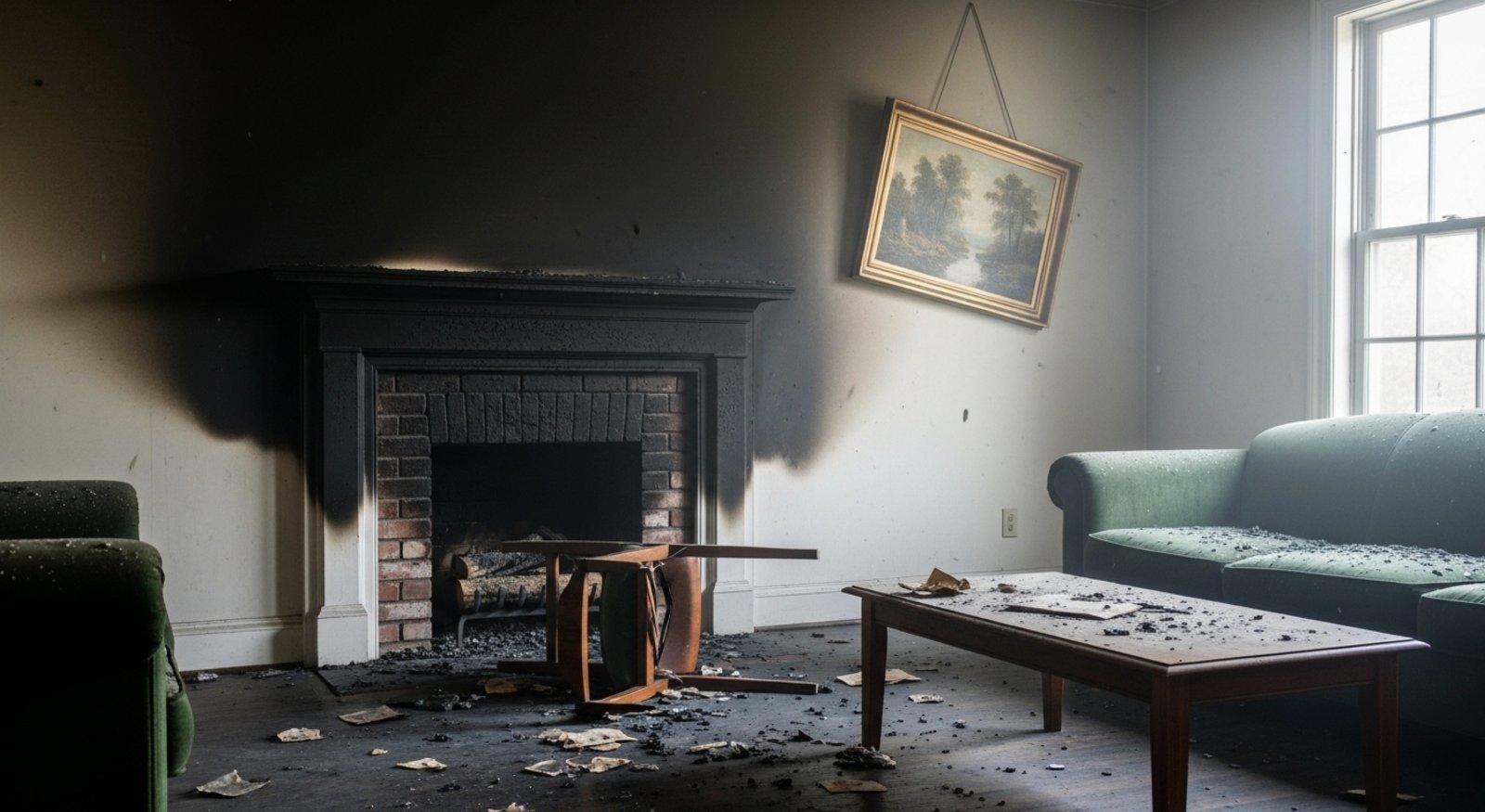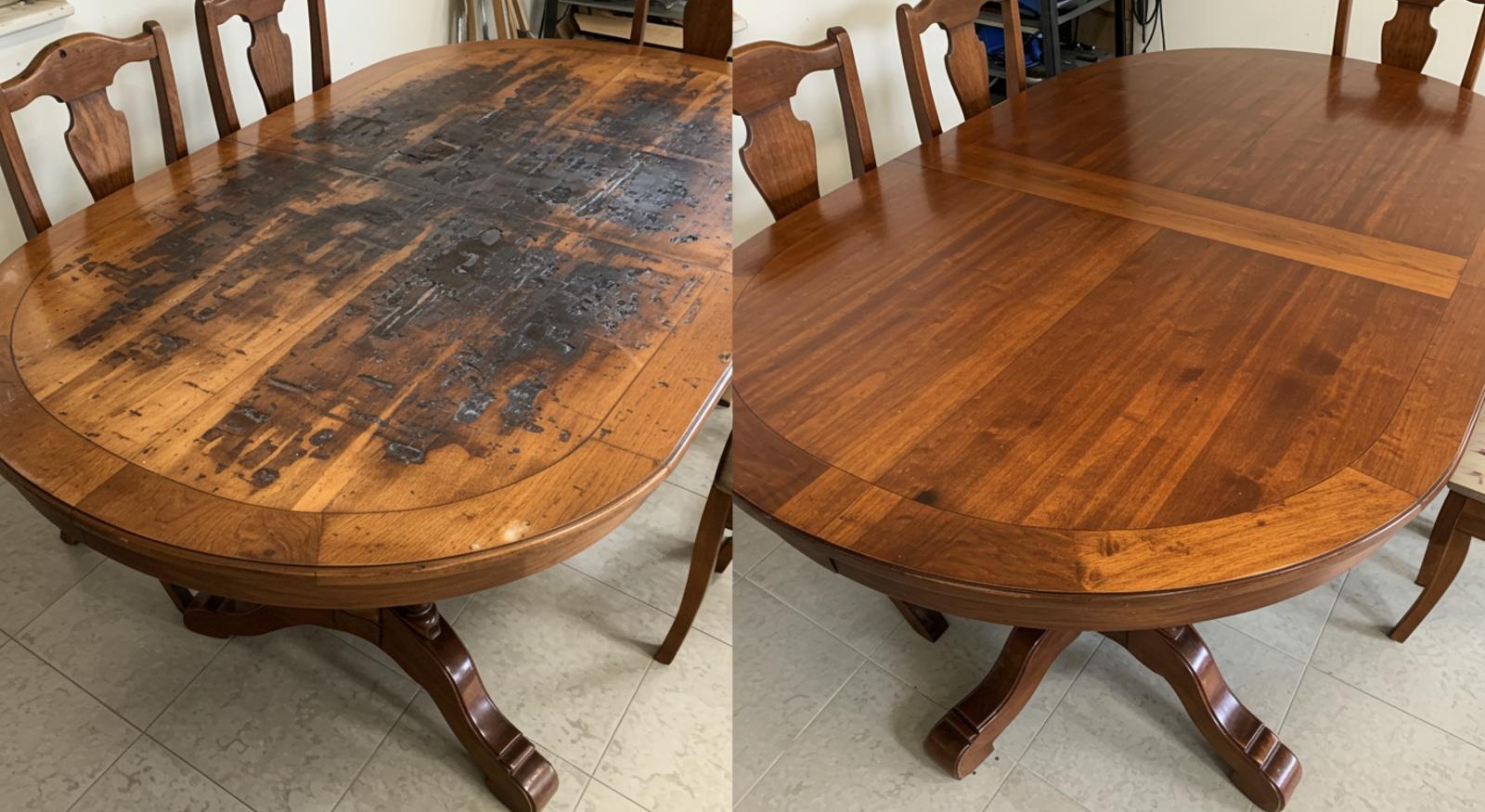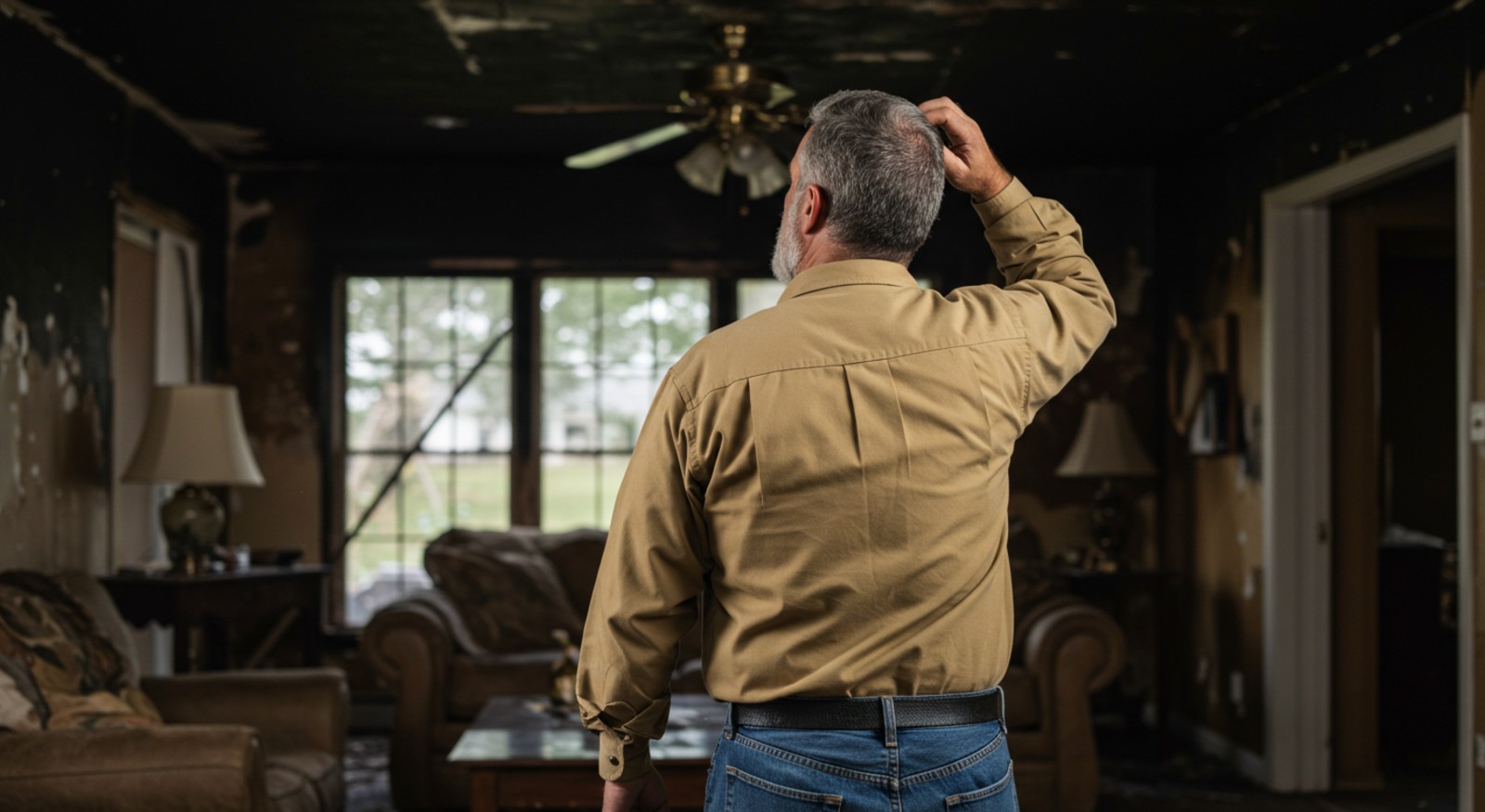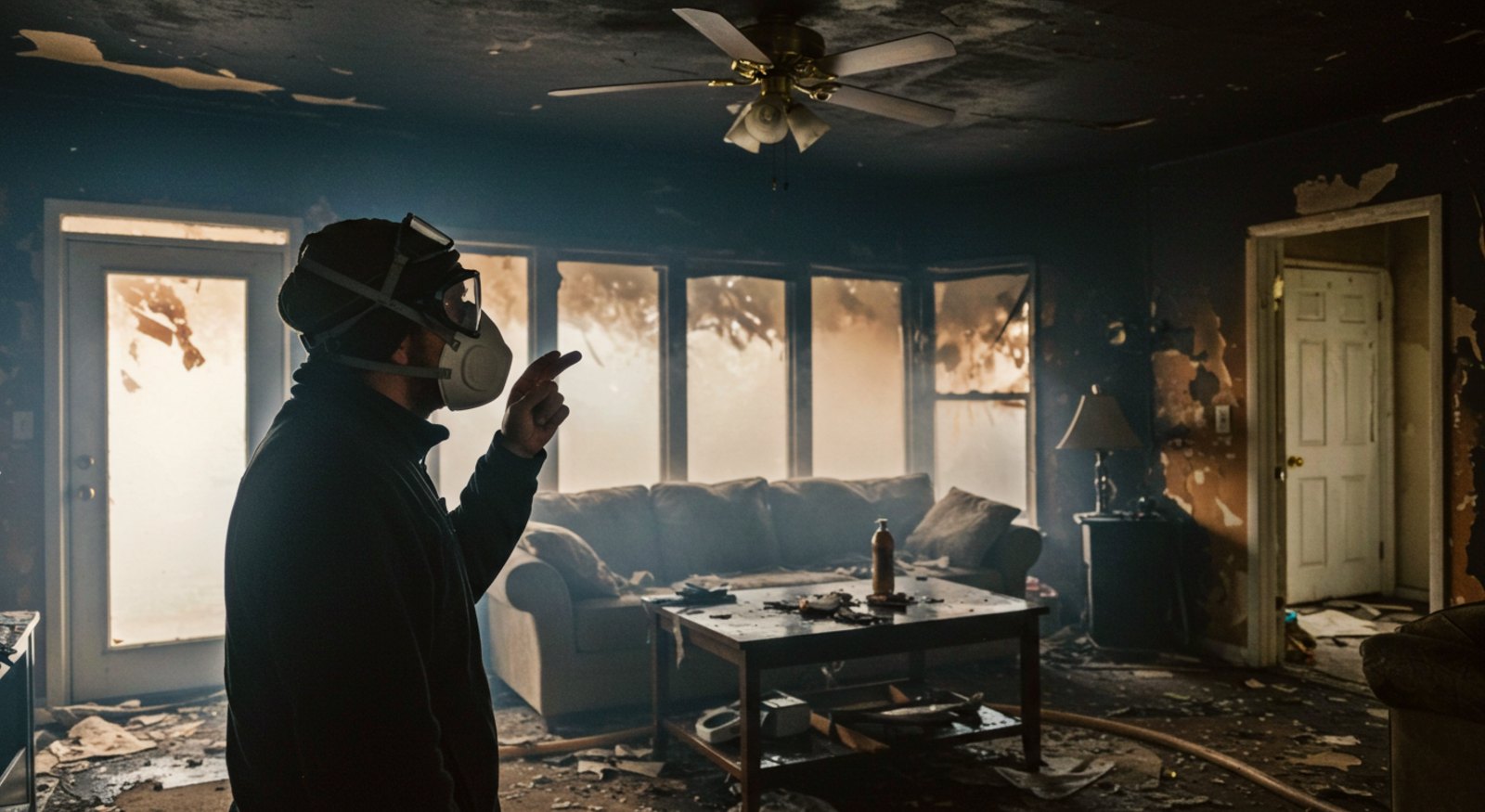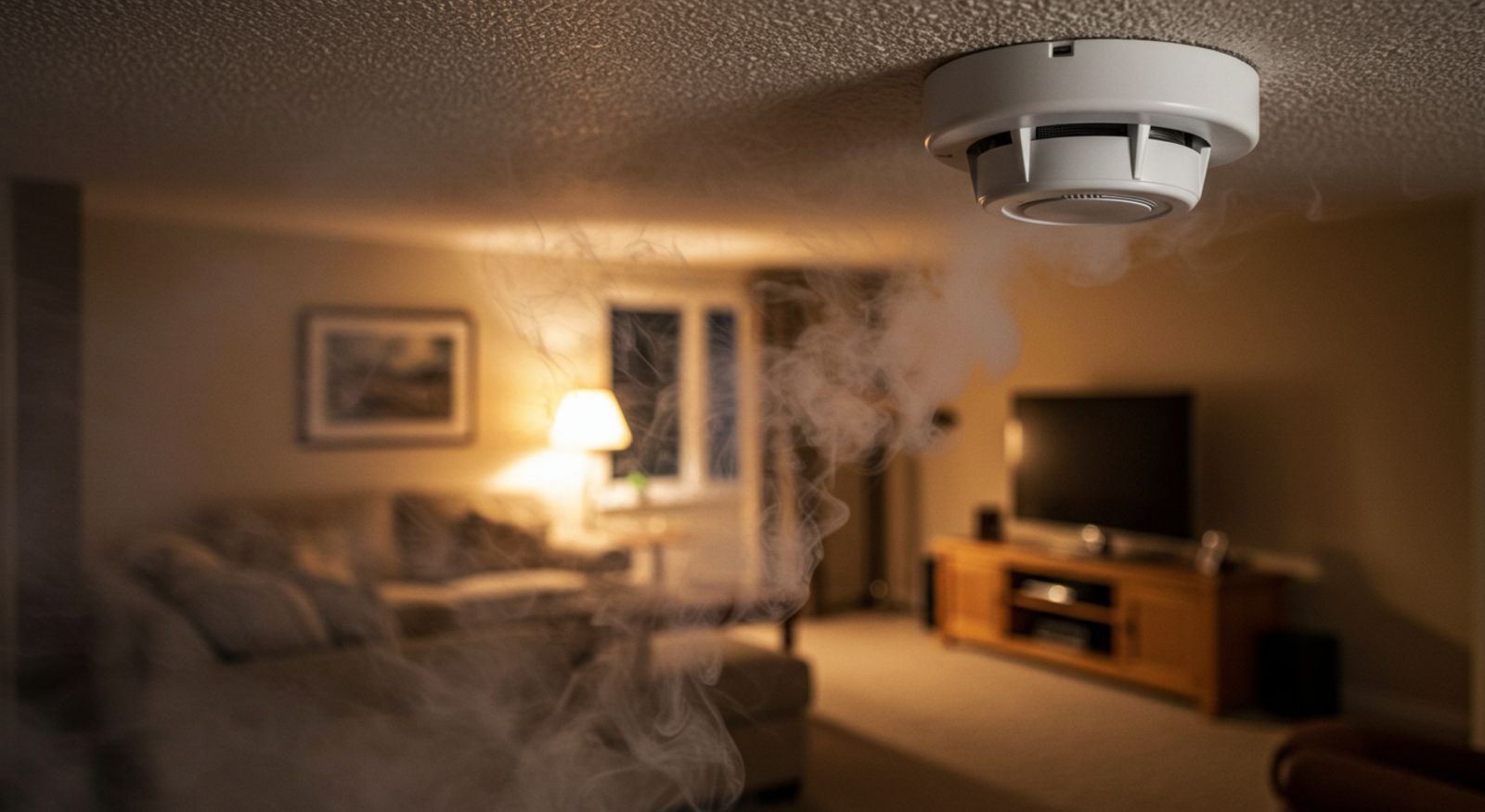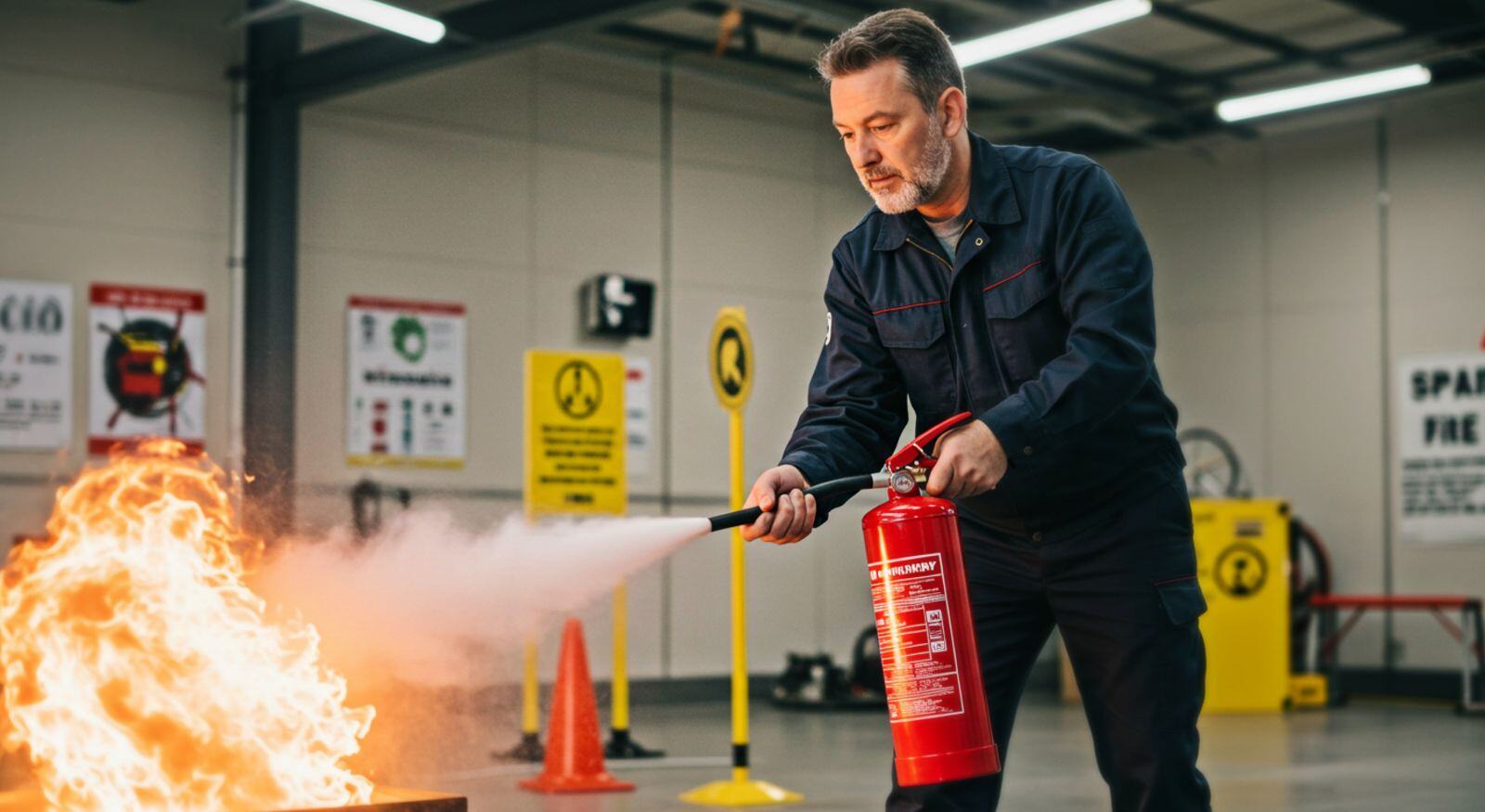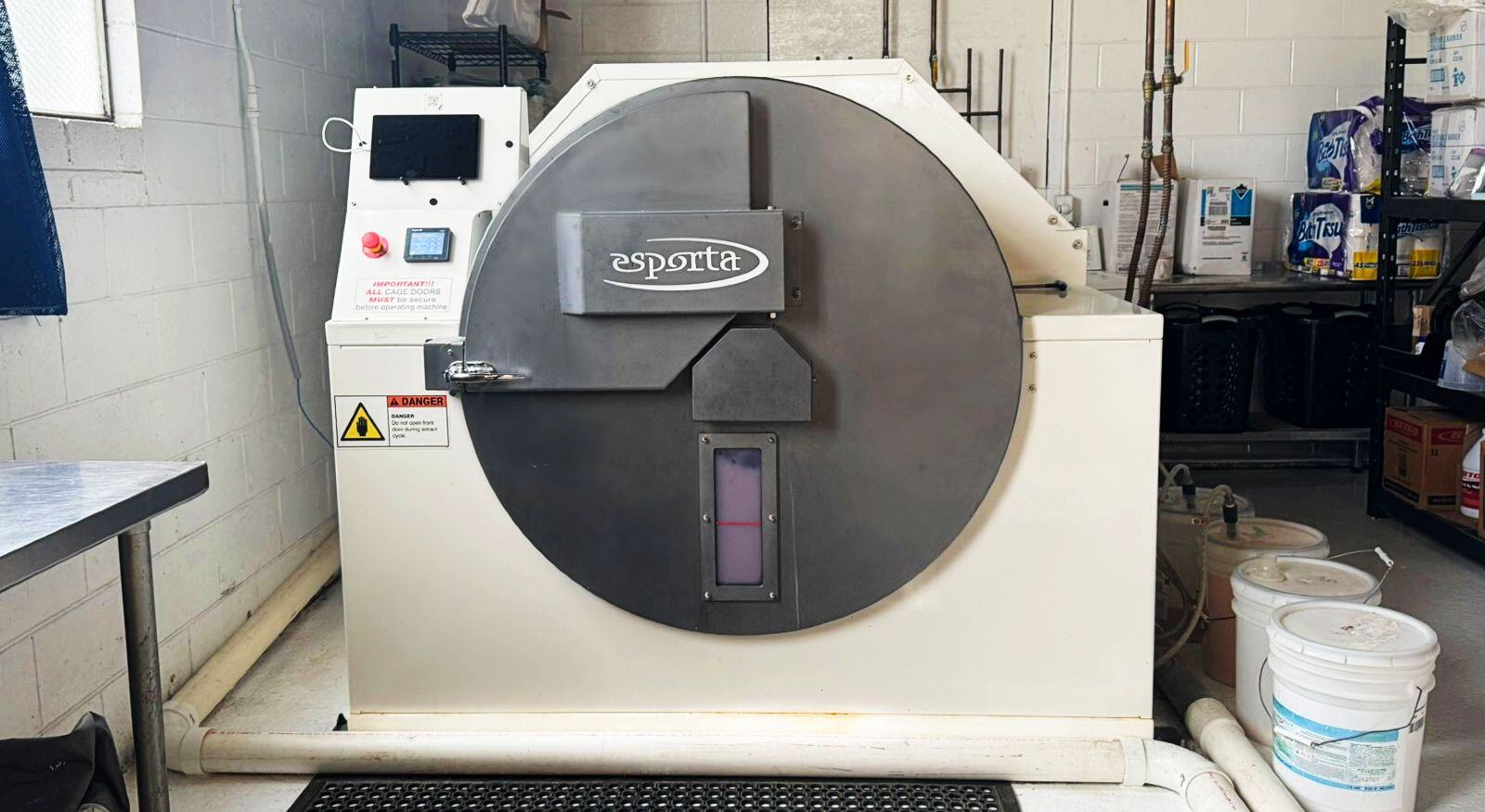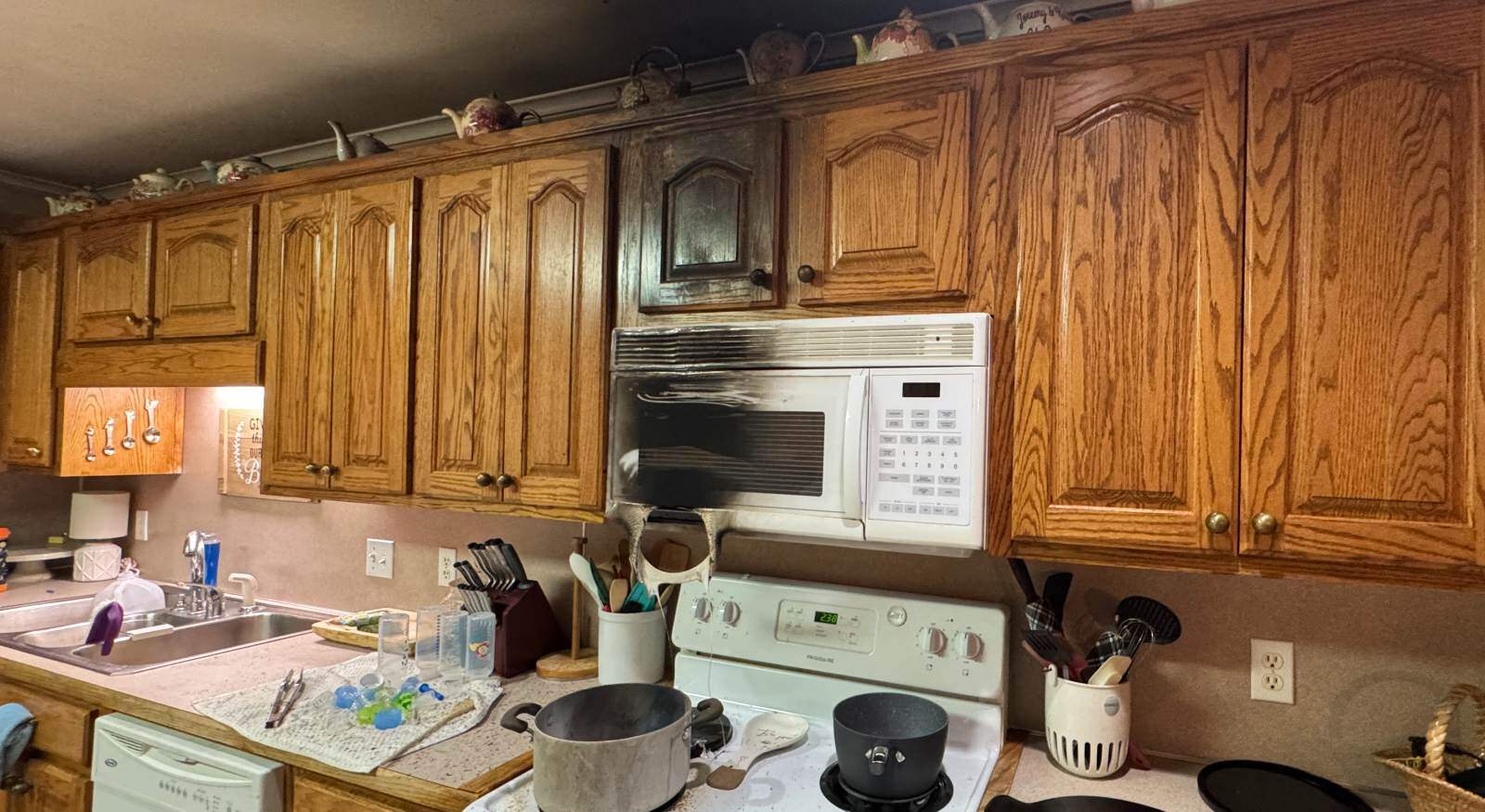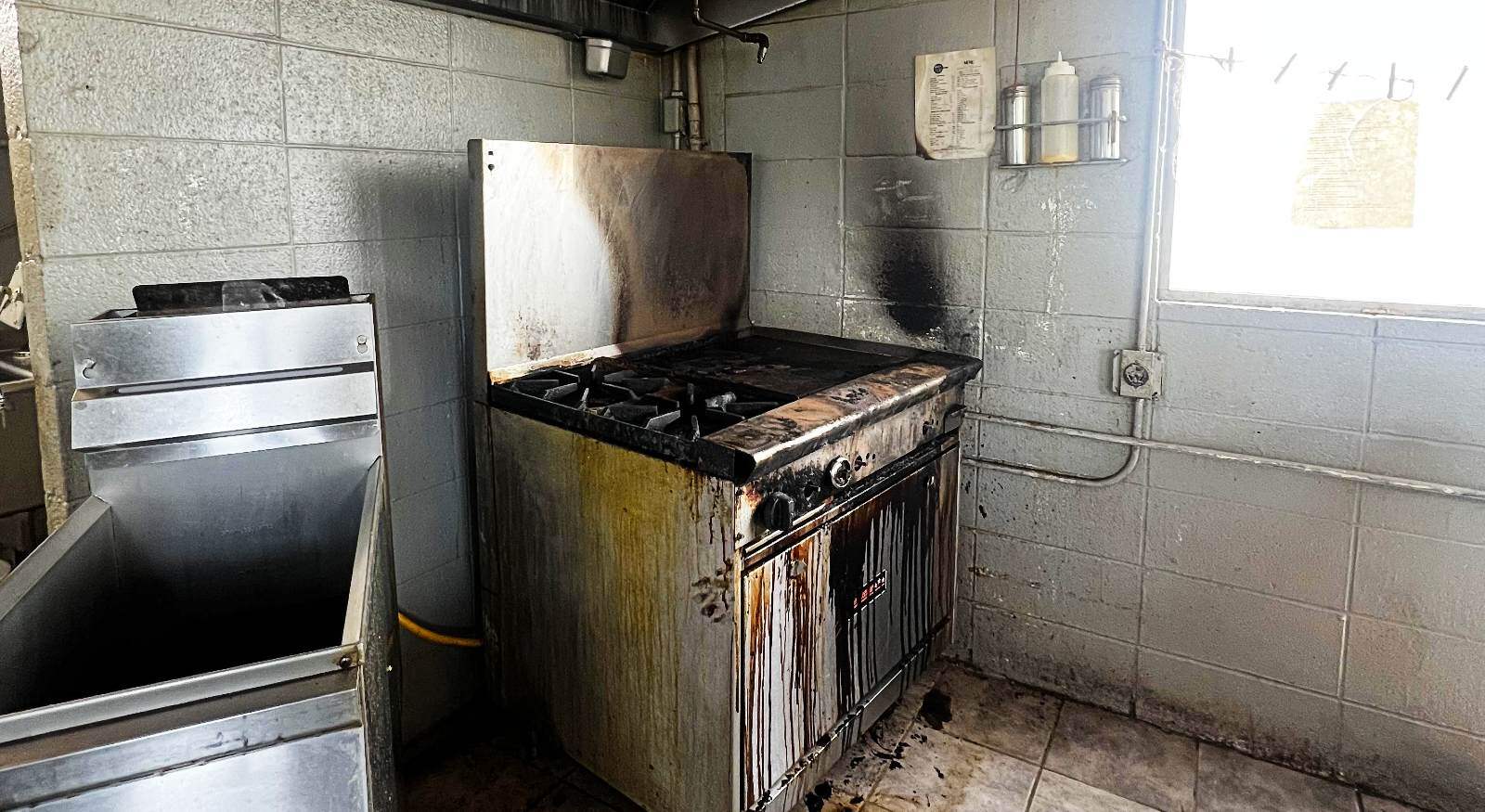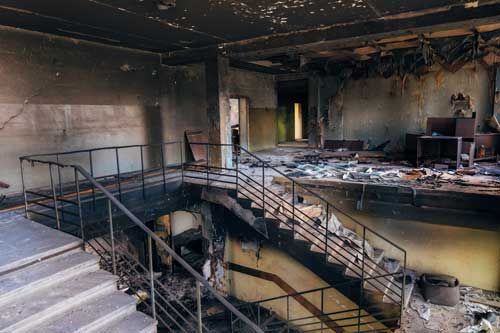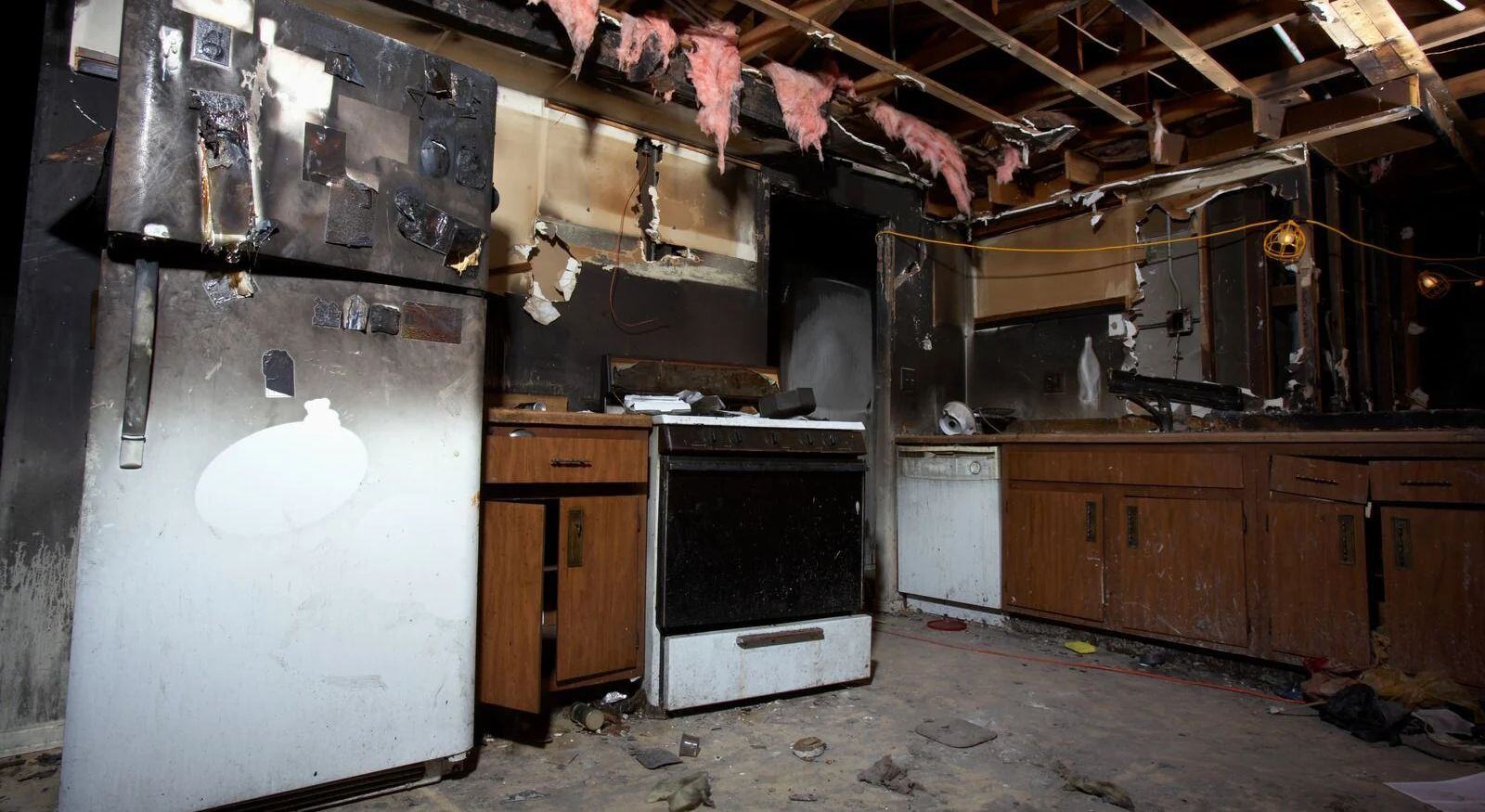Fire damage restoration and dealing with structural damage
September 30th, 2024
4 min read
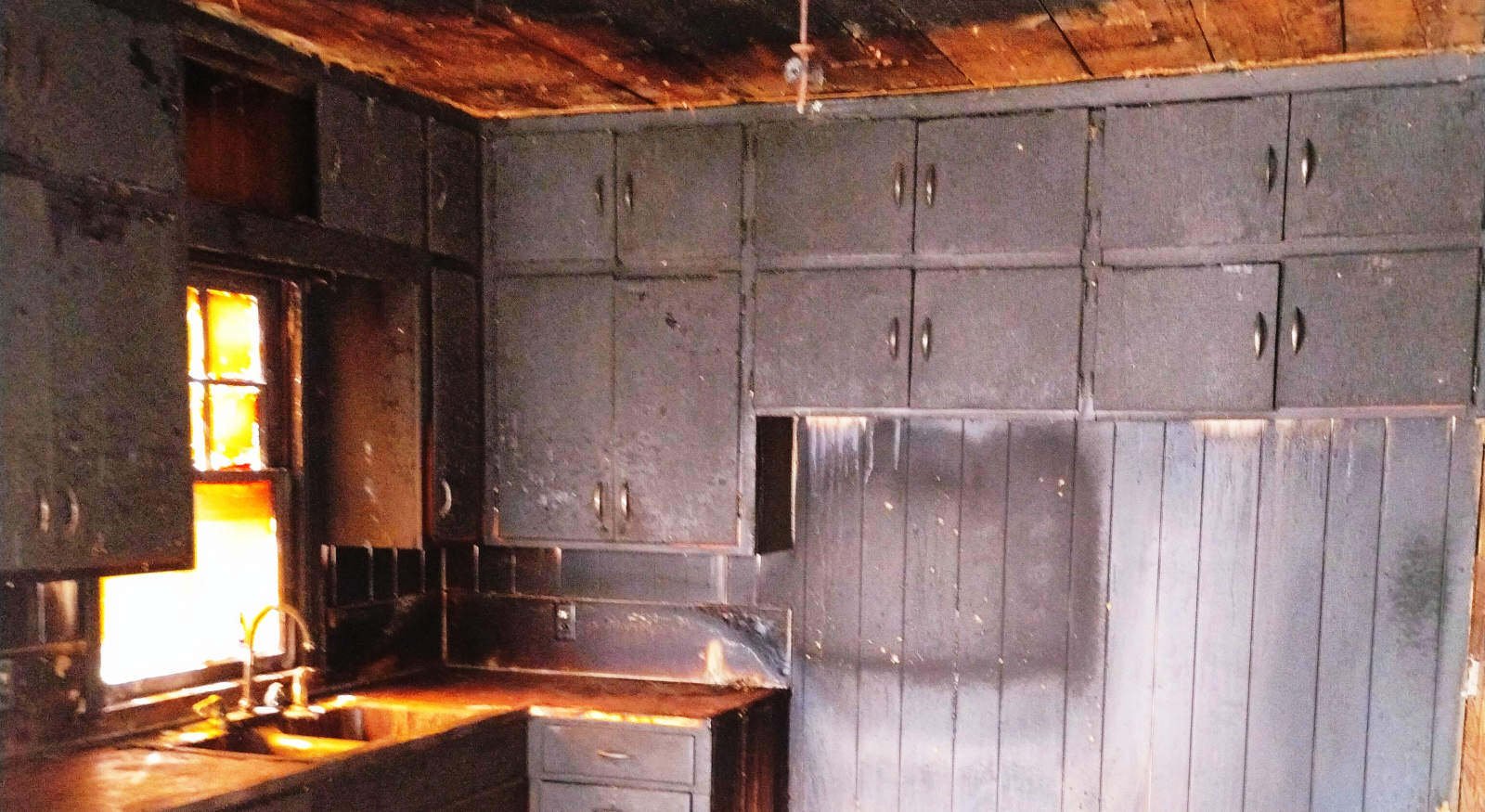
Should you suffer from a house fire, you must address the potential damage left to your home. While soot, smoke, and mold are the more visible aspects of fire damage, another one, more important, lurks in between your building materials: structural damage. If you are wondering what to do in this situation, don't worry—we've got you covered.
With over 50 years of combined experience in the fire restoration business, we have seen many cases, including ones where the flames were so devastating that the properties needed extensive repairs. As an IICRC-certified firm, we follow industry standards when dealing with these types of projects, and we are more than happy to share our knowledge with you.
Today, we will discuss how we can find structural damage in your home and how we deal with it during a typical fire damage restoration project. So join us, and let's learn more about this process together, answering any questions you may have.
Fire damage restoration and structural damage
The devastation left by the fire may seem obvious. However, it's not until we remove damaged building materials that we can get an actual look at possible damage to the house's foundations. Here are all the steps we take during this process:
1. Initial inspection for fire damage restoration
Our technicians' first step in restoring your home is to assess the severity of the damage and look for any potential structural damage left on your property. Charred studs or burned-out joists can threaten the integrity of walls and ceilings and put you and our technicians at risk.
If this type of damage is found, we will make a detailed inspection to determine exactly what parts have been compromised by the fire. Once we have determined the extent of the damage, we will prioritize addressing the affected areas before continuing with the fire damage restoration process.
2. Securing the property for structural damage

We will close all openings in the affected areas, including walls, roofs, and windows, with boards and tarps to protect your home from the weather. If necessary, we can put up temporary support structures to prevent further collapse or shifting of the damaged areas.
3. Controlled demolition and debris removal
When a building material's integrity is compromised, it cannot be repaired. In other words, it has to go. We remove badly damaged drywall, insulation, and all burnt materials and debris to make way for restoration.
While some structural damage is easy to spot at a glance, sometimes, it is not until our technicians remove the affected drywall that we find extra damage to the studs and beams. In those cases, we will proceed to demolish some portions of the structure to avoid a collapse.
Side note: Even if the fire didn't reach your home's insulation, as long as the smoke did, it would be damaged beyond repair, hindering its ability to function correctly. For that reason, it needs to be removed and later on replaced.
4. Continuing with the fire damage restoration process
Since we have removed and secured the property, we will continue with our typical fire damage restoration process. We will address your home's fire and water damage during this phase and proceed as usual.
5. Extra electrical and plumbing inspections
We will contact licensed experts to inspect your home's electrical wiring and plumbing and ensure there is no damage. If necessary, they will make any needed repairs to guarantee safety and functionality before we finish the restoration.
6. Structural repairs and reconstruction
In this part of the project, we take out any temporary structural supports and begin working on replacing or reinforcing affected structures. This is the case for affected beams, joists, and studs, which will be addressed to restore the integrity of the entire structure. Should the damage be significant, we will rebuild parts of the structure.
The exact process follows with roofing and siding repairs: the temporary structures are removed, and the affected areas are replaced to restore your home's protection from the elements.
Finally, we will replace all the insulation damaged by fire, heat, smoke, or water (during the firefighting efforts). This will restore the house's energy efficiency and prevent mold growth.
7. Final inspection and finishing
After all the work is done, we will conduct one final inspection to ensure the building is structurally sound and safe for occupancy. Any final touches, like repainting or installing new flooring, will be done to ensure your home has returned to its pre-damaged condition.
5 key questions about structural damage, answered!
Do you still have doubts about the process? Well, you have come to the right place! We have compiled the most common questions regarding structural damage in fire restoration projects:
1. Will I need an external inspection?
If we need to turn down your home's gas, electric, or water supply lines, we may need to inform your utility company. In most cases, external inspections are not required for damaged homes. This is mainly done only for commercial properties.
2. Will my insurance company cover the costs?
In our experience, the only cases in which the insurance companies refused to cover the damage were intentional arson. If the Fire Department investigation discovers foul play, the process turns into a criminal investigation, and the situation grows in complexity. However, given how rare arson cases are, it is far more likely that your insurance company will accept your claim.
3. What do I do if my home has structural damage after a fire?
We recommend that you and your family temporarily move while the restoration work begins. There will be safety hazards and health problems, as soot and smoke can reduce indoor air quality. Regarding soot, the National Cancer Institute warns that this contaminant is associated with certain forms of cancer. Mold, which can grow due to the firefighters' actions, can also affect people's health. According to the Environmental Protection Agency, mold can trigger allergic reactions.
4. How should I go about temporarily moving?
If you have an arrangement, your insurance company can compensate you for staying elsewhere. This, however, depends on your premium, so we recommend you review your insurance policy coverage for more precise information.
5. Can I work with another company for the reconstruction?
Yes. After informing your insurance company, you are free to choose a different construction company, but please inform us and adhere to any agreements you have with us. However, if you decide to work with Restore-It throughout the entire process, you'll benefit from our professional, certified services. We are confident in restoring your home to its pre-damage condition.
Experiencing a house fire can be stressful, mainly if structural damage is found. However, knowing how Restore-It handles restoration should give you peace of mind. Contact us, and we’ll help restore your home to its pre-fire condition.
Topics:


